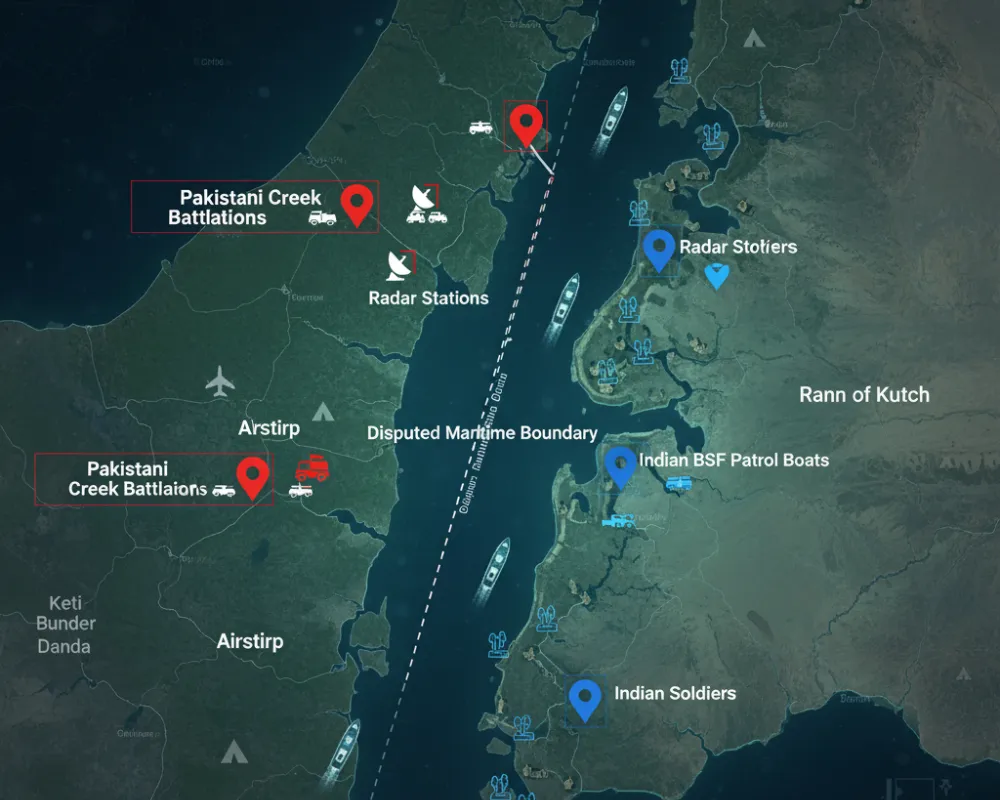Introduction
In a significant breakthrough for the ongoing anti-Naxal campaign, security forces have carried out a major explosives recovery in Bijapur’s Gunjeparti forest. Acting on intelligence inputs, a joint team of the CRPF and local police unearthed a hidden cache containing bomb-making materials, IEDs, and industrial-grade explosive equipment, all of which were destroyed on the spot following strict safety protocols.
Why the Gunjeparti Forest Seizure Matters
This Gunjeparti forest weapons haul is more than just another raid. Officials describe it as a tactical blow against Maoist infrastructure in Bastar. By seizing such industrial-scale bomb-making equipment, forces have not only prevented potential IED attacks on patrols but also weakened the supply chain that fuels insurgency in the dense forests of Chhattisgarh.
Local observers note that the Bijapur Maoist supply cache was likely meant for large-scale strikes against security camps and road construction projects—key targets for Naxal groups in the region.
Context: Anti-Naxal Operations in Bastar
The Bijapur recovery comes against the backdrop of massive counter-insurgency drives in Chhattisgarh earlier this year:
- Operation Sankalp (April–May 2025): Led to over 400 IEDs and 2 tonnes of explosives seized.
- Operation Black Forest (April–May 2025): The largest arms and munitions recovery on record along the Chhattisgarh-Telangana border.
These campaigns, supported by nearly 28,000 personnel, have been designed to reduce the operational reach of Maoists in Bastar. The September 2025 Bijapur anti-Naxal operation adds to this momentum, highlighting the strategy of denying insurgents their bomb-making backbone.
Strategic Push: What’s Next?
Earlier this month, the government cleared the establishment of 30+ new forward operating bases in Bastar, aimed at tightening the security grid and sustaining pressure on Maoist leadership.
The impact of the explosives bust on Maoist capabilities is already visible:
- Their reliance on industrial equipment for IEDs has been disrupted.
- Recruitment and morale are likely to take a hit as safe havens shrink.
- Security forces now hold a stronger intelligence advantage in Bijapur and surrounding districts.
Analysts, however, caution that insurgents may adapt by shifting to decentralized bomb manufacture and small hit-and-run ambushes. This makes community engagement and continuous forward deployment vital to converting tactical wins into long-term stability.
Human Angle: Security and Civilian Relief
For villagers living in the shadow of conflict, such operations bring more than headlines—they restore a sense of safety. Roads, schools, and health centers in Bijapur often face delays due to IED threats. By eliminating this Gunjeparti explosive cache, security forces not only safeguard their personnel but also reduce risks for ordinary citizens.
One local teacher put it simply: “Every landmine taken away is a child’s path to school made safe.”
Conclusion
The Bijapur explosives recovery in Gunjeparti forest is both a tactical success and a symbolic statement: the state is steadily dismantling the infrastructure of insurgency. While challenges remain in Chhattisgarh’s rugged terrain, the operation underlines a crucial point—Maoist strongholds are no longer impenetrable.
If the strategy of sustained raids, forward bases, and community trust-building continues, India’s 2026 goal of ending Left-Wing Extremism may be closer to reality than ever before.







Leave a Reply